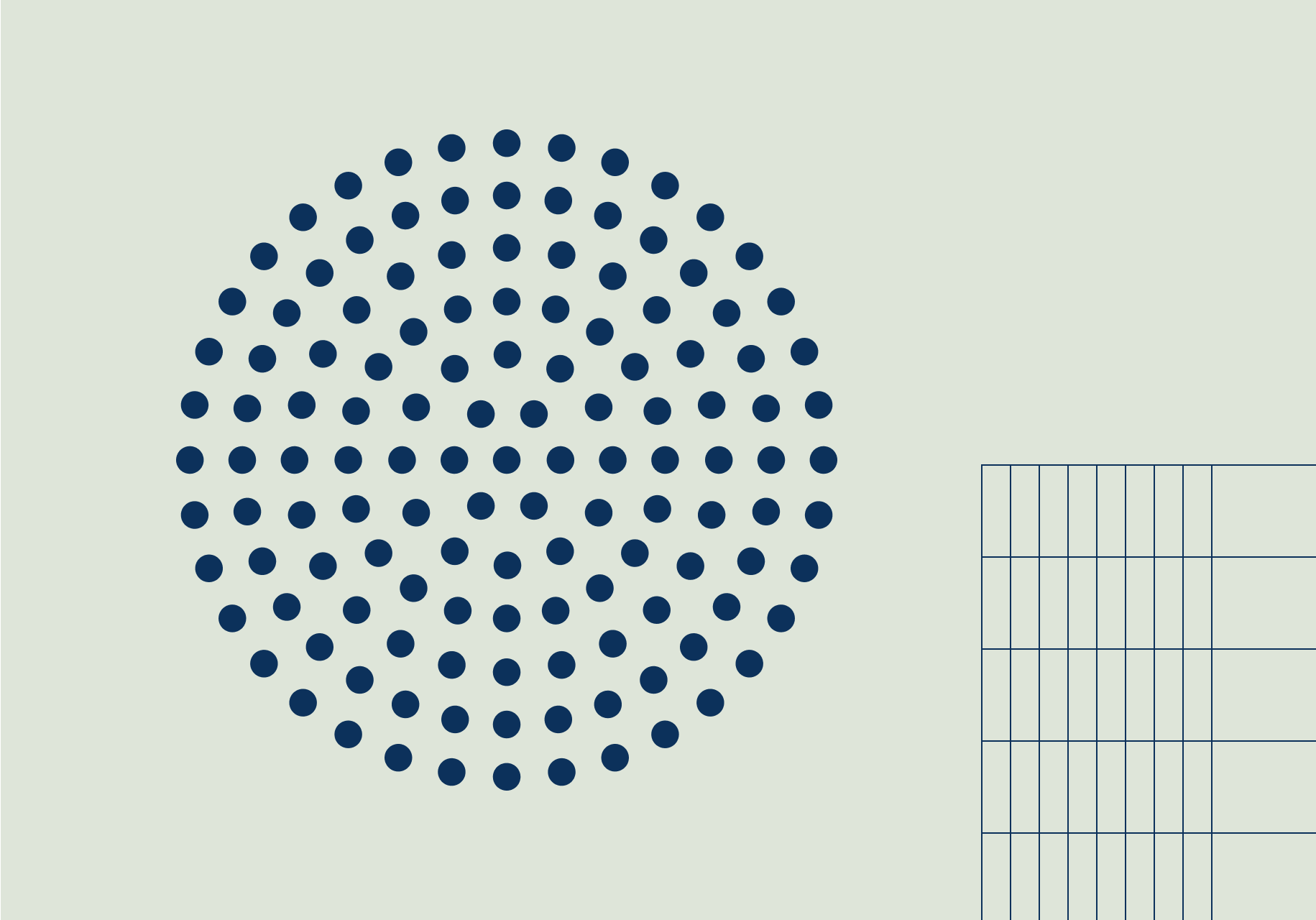Codex Design with love for the people who will use your design

illustration:
Dieter Rams, Radio T41 (detail)
Good design is not achieved when a product is made with care about the product itself, but when it is made with care for the people who will use it. This is what truly defines human-oriented design.
Conversations within the design community often revolve around fonts, colors, graphics, trends, and photography. Conversations among developers concern code, technologies, and neural networks. Managers are busy with scrum meetings and sprints, and so on.
But there is no such thing as a product for the sake of the product. Ultimately, the designer works for the common good. For people.
Yes, it all revolves around other people (as strange and obvious as this thought may sound). A person and their perceptions, psychology, their hands and eyes—these are what you design for. You can come up with some imaginary and completely unusable interface from dribbble.com or you might invent stunningly ugly, fantastical cars, but when it comes to the real world, you have to prioritize the human being. Look at them, and think about how to make things good for them.
A good designer must be a humanist and a psychologist. Alas, you cannot create a good font by focusing solely on the shape of glyphs. Through the letters, the reader and their perception must be visible.


